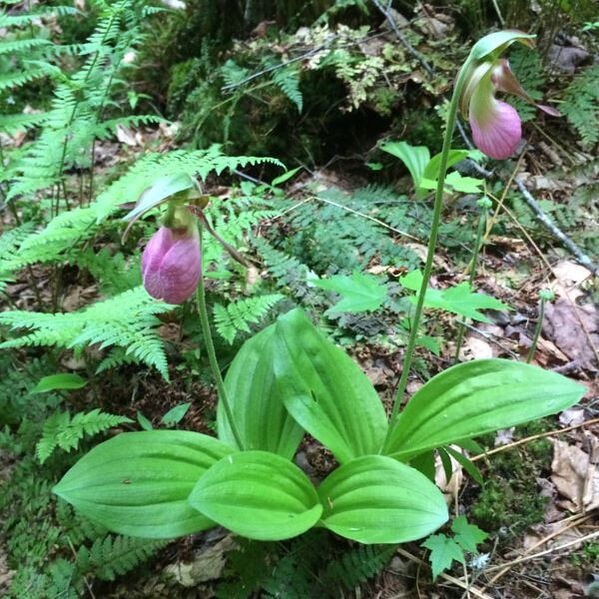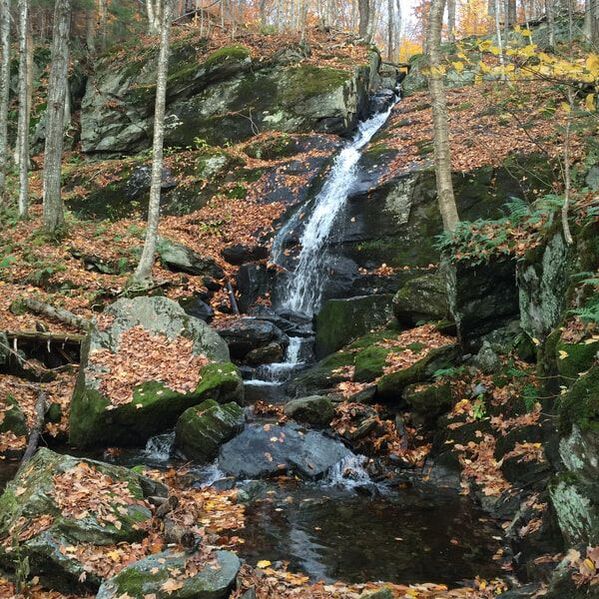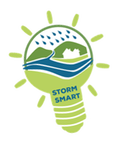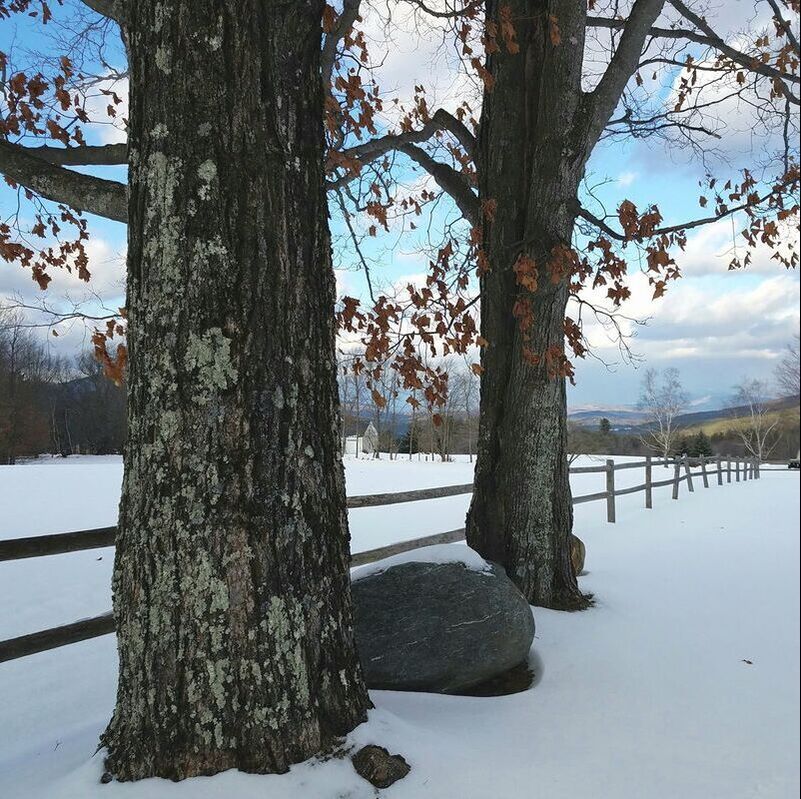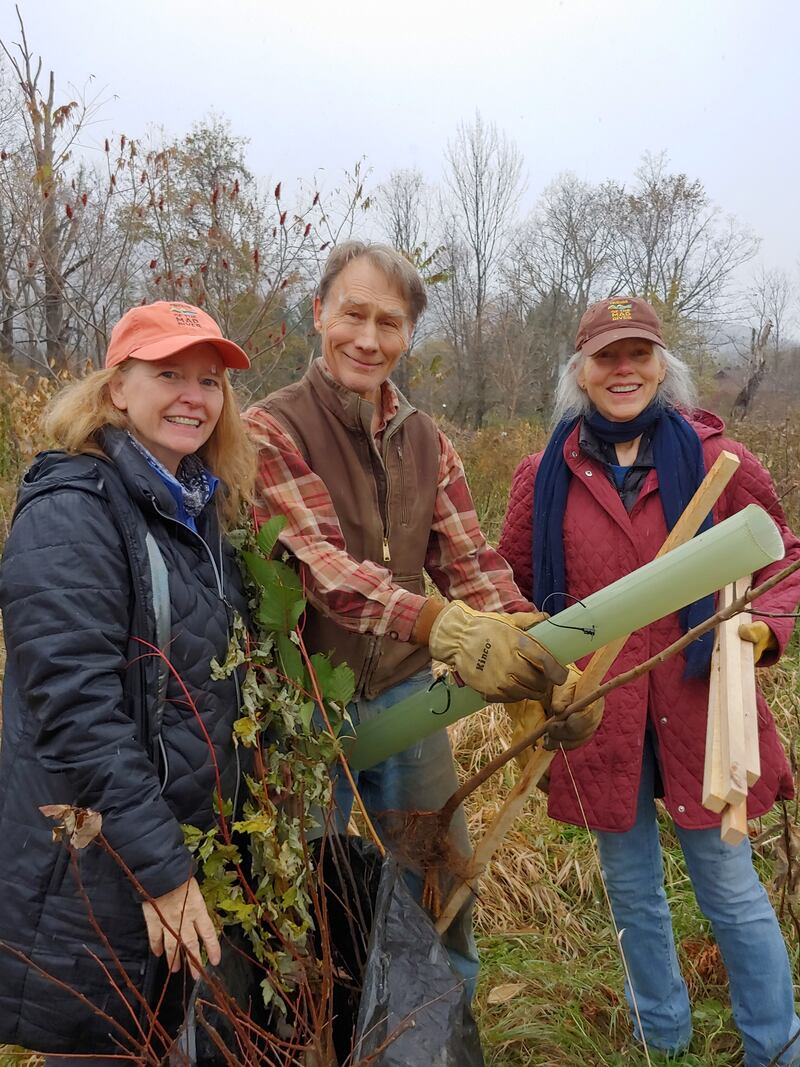Native Trees and Shrubs
The native trees and shrubs of Vermont play a vital role in the landscape.
They encourage biodiversity, manage stormwater, and challenge climate change.
They encourage biodiversity, manage stormwater, and challenge climate change.
Join Friends of The Mad River by planting trees on your property!
" A green carpet out front may be a status symbol, but it’s an ecologically destructive one that is, in total, the size of New England. Lawn grass does not support diverse food webs and vital pollinator communities: It degrades our watersheds by increasing storm water runoff and introducing nitrogen and phosphorus as well as herbicides and pesticides into our waterways.
-Doug Tallamy
BiodiversityTrees provide habitat for wide range of species.
A single native Paper Birch (Betula papyrifera) can host more than 400 species of butterflies and moths. Nuts from the American Beech (Fagus grandifolia) are an important food source for wildlife. Riparian buffers shade streams, keeping them cool enough to shelter young Brook Trout (Salvelinus fontinalus). |
Flood ResilienceForests help to slow, spread out, and absorb
stormwater. An upland forest can take in up to 70% of the rain where it lands, keeping it from flooding downstream. The forest acts like a sponge to protect our roads and driveways from erosion and keep our downstream neighbors safe. |
Climate ChangeIts estimated that each year our forests absorb the equivalent of 8 million metric tons of carbon from the atmosphere – nearly as much as all emissions released in the state each year. Forests absorb carbon in trees and plants as they grow and store it deep within the soil of the forest floor. Healthy forests also help to protect our homes and the homes of our wildlife neighbors against increasingly damaging storms.
|
Make an impact.
We want to partner with you to make a difference in our community. By working with Friends of The Mad River you can get assistance in identifying native trees and shrubs that will suit your property as well as hands on support getting them in the ground. We want to work with you whether you want help restoring a riparian buffer along a stream or turning unused lawn into a healthy forest.
Photos by Corrie Miller, Jody Kay Mitchel

